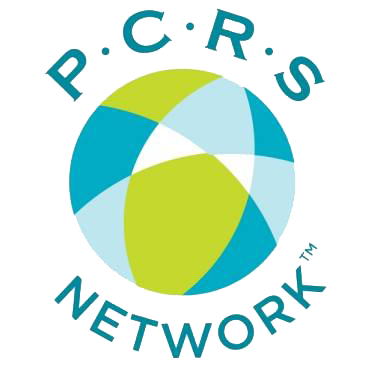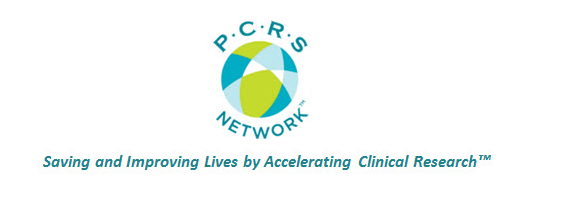Growing up, report card time was a big a deal. We were held to high standards. Good grades drew rewards. Poor grades led to loss of free time, in favor of more studying in order to improve the grades on the next report card. The anticipation that came with each report card, and the work it took to “make the grade,” was good.
It continues to surprise me how few Sites receive “report cards” after completing studies. Even fewer receive performance feedback regularly during the course of a study. In many cases, the information is available. Too bad for the Site, Sponsor, and the CRO, because it is impossible to assess how you measure up without feedback.
There are many ways to measure a Site’s performance. Most Sponsors and CROs use this information to help identify outliers, both good and bad. It gives them an early warning signal to take quick action with underperforming Sites and provides insight as to what the high-performing Sites are doing differently that results in their better performance. Since many Sponsors and CROs use this same information to determine whether a Site is considered to conduct future studies, Sites should be keenly interested in receiving feedback on their metrics.
So when should Sites receive feedback? The answer is “early and often.” It is critical for Sites to receive information about how they are performing versus how all Sites conducting the study are performing. At a minimum, Sites need to receive measurements of the number of patients screened, enrolled, and randomized by other sites.
This “early and often” approach benefits the Sponsor, CRO, and the Site. If a Site can see early in their screening and enrollment efforts that they have a much higher screen failure rate than other Sites, it allows the Site to investigate the cause and take action to decrease the ratio. Since most Sponsors limit the percentage or total screen failures for which a Site will receive compensation, it is critical for a Site to know if they are an outlier. It is also critical to the relationship between the Site, Sponsor, and CRO that corrective action is taken as quickly as possible.
Throughout the course of a study, Sites should receive updates on their performance compared to all Sites on other metrics too. A few helpful metrics include:
- Average queries per CRF
- Average resolution time per query
- Retention rate
At the conclusion of the study, Sites should measure their performance against the original expectation set with the Sponsor or CRO. Among other questions, Sites should ask themselves:
- What percentage of the enrollment goal was met?
- Was enrollment completed on time?
- Was the completion rate acceptable?
- Were the average queries per CRF and the response times to clear queries at the low-end of all Sites?
If the answers to any of these questions do not match the original expectation, the cause should be identified and corrective actions taken; and it should be communicated to the Sponsor and CRO.
Although there are many metrics over which Sites have no control, Sites should take an active role in managing the metrics over which they do have control. Sites should ask the Sponsor and CRO to provide them feedback early and often and utilize internal systems to provide additional performance information.
More and more, Sponsors and CROs are collecting and maintaining databases that include the metrics from prior studies conducted by Sites. That information is used to determine the level to which a Site is likely to perform on future studies. Sites that only accept studies on which they can realistically perform well, actively monitor their metrics, and embrace continuous improvement practices will increasingly be given priority for selection for new studies.
Copyright © 2014, PCRS Network. ALL RIGHTS RESERVED WORLDWIDE.

